3 decades of the MacBook – a visual timeline
How the Apple laptop's transformed since its launch in 1989.
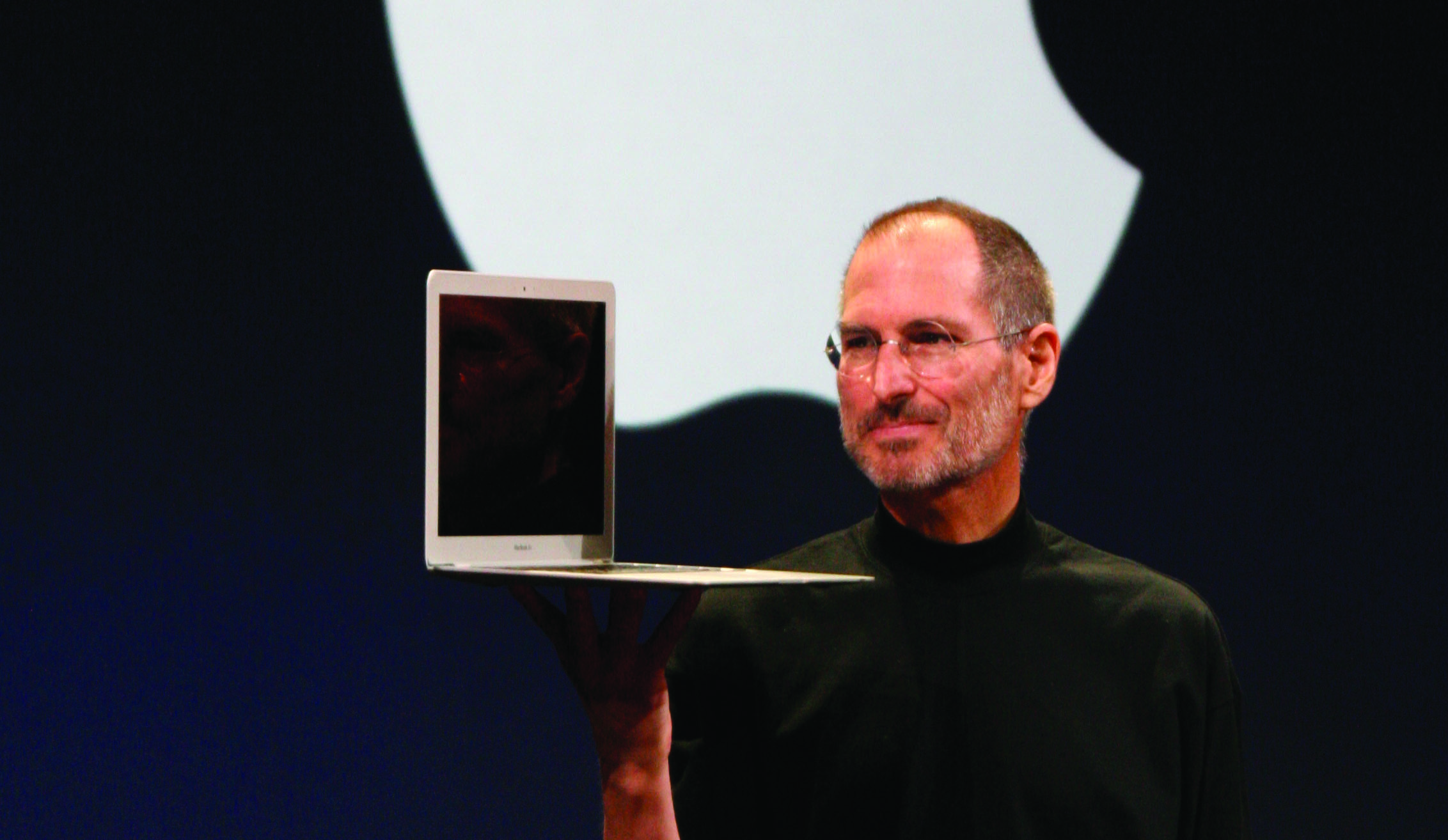
Back in 1989, Apple introduced the Macintosh Portable. The LA Times wasn’t impressed: “It’s too big, too heavy and too expensive.” And it was, coming in at a whopping 7.3kg. That’s heavier than five M1 MacBook Pros, while its $7,300 price tag then would buy you the equivalent of 13 M1 MacBook Pros today.
But while the Macintosh Portable was more transportable than truly portable, it was the beginning of a new kind of computing. It had a sharp active matrix LCD screen, a hinge to fold it over the keyboard for easier transporting and a 40MB hard drive.
The Macintosh Portable didn’t sell well – Apple predicted 50,000 sales in the first year but was well below its target after the first quarter; it cut the price by a seventh in 1990 and discontinued it completely in 1991. But its successor would attract much better reviews, tons of awards and better sales too. Apple called it the PowerBook.
And that was just the start of the MacBook journey. Here, we take a look at the key moments in the history of Apple's best-selling laptop. To get your setup right up to date, check out our guide to the best MacBooks available now, and why not bag yourself one of the best iPads for drawing while you're at it.
If it's more Apple nostalgia you're after, see our list of the best Apple products ever made.
1989 - Macintosh Portable
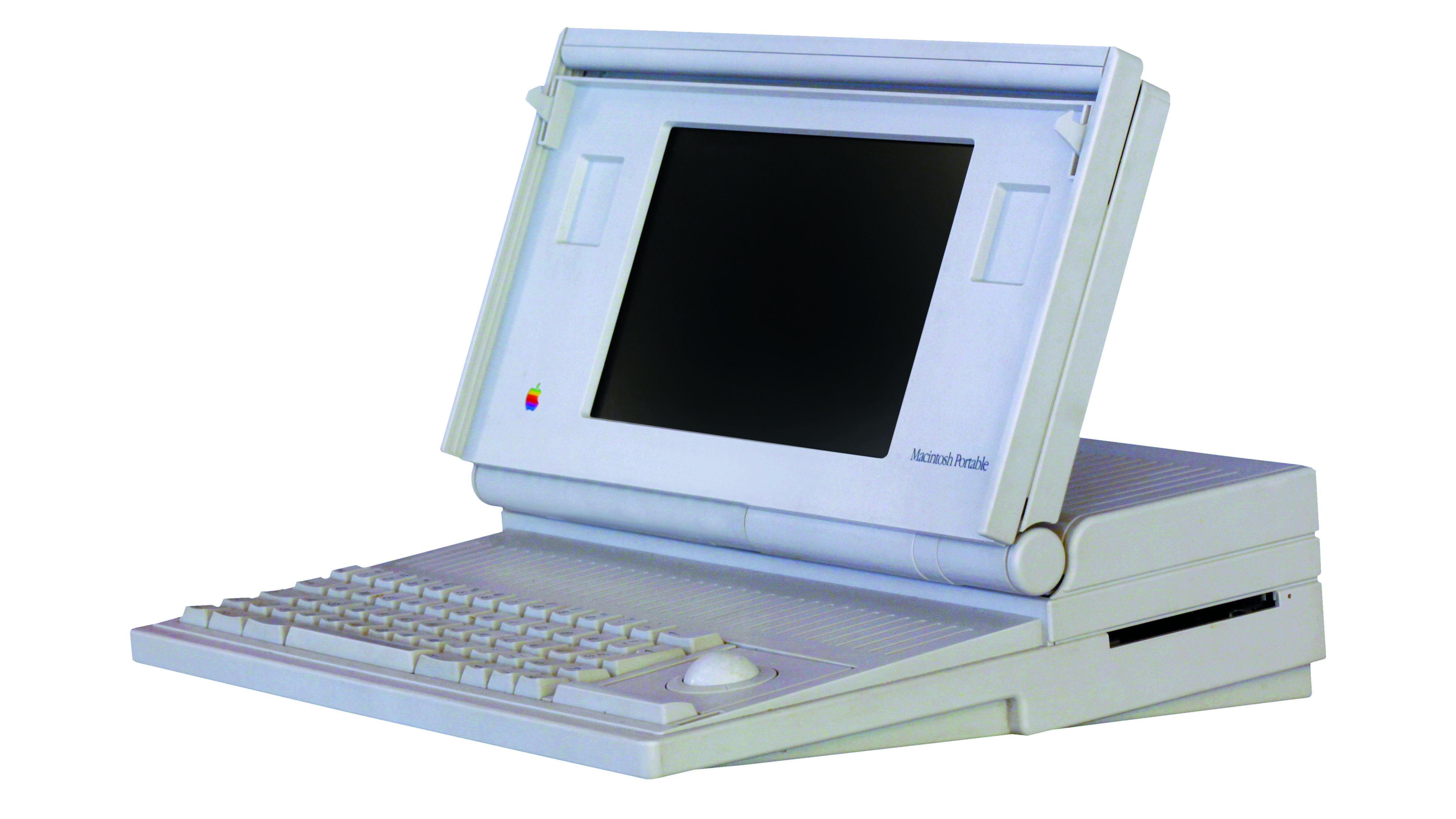
The first battery-powered Mac was aggressively marketed – the launch event alone cost Apple $1 million – but its comparatively poor performance, heavy weight and high price made it a tough sell. But it redefined what a Macintosh could be and where you could take it.
1991 - PowerBook 100 Series
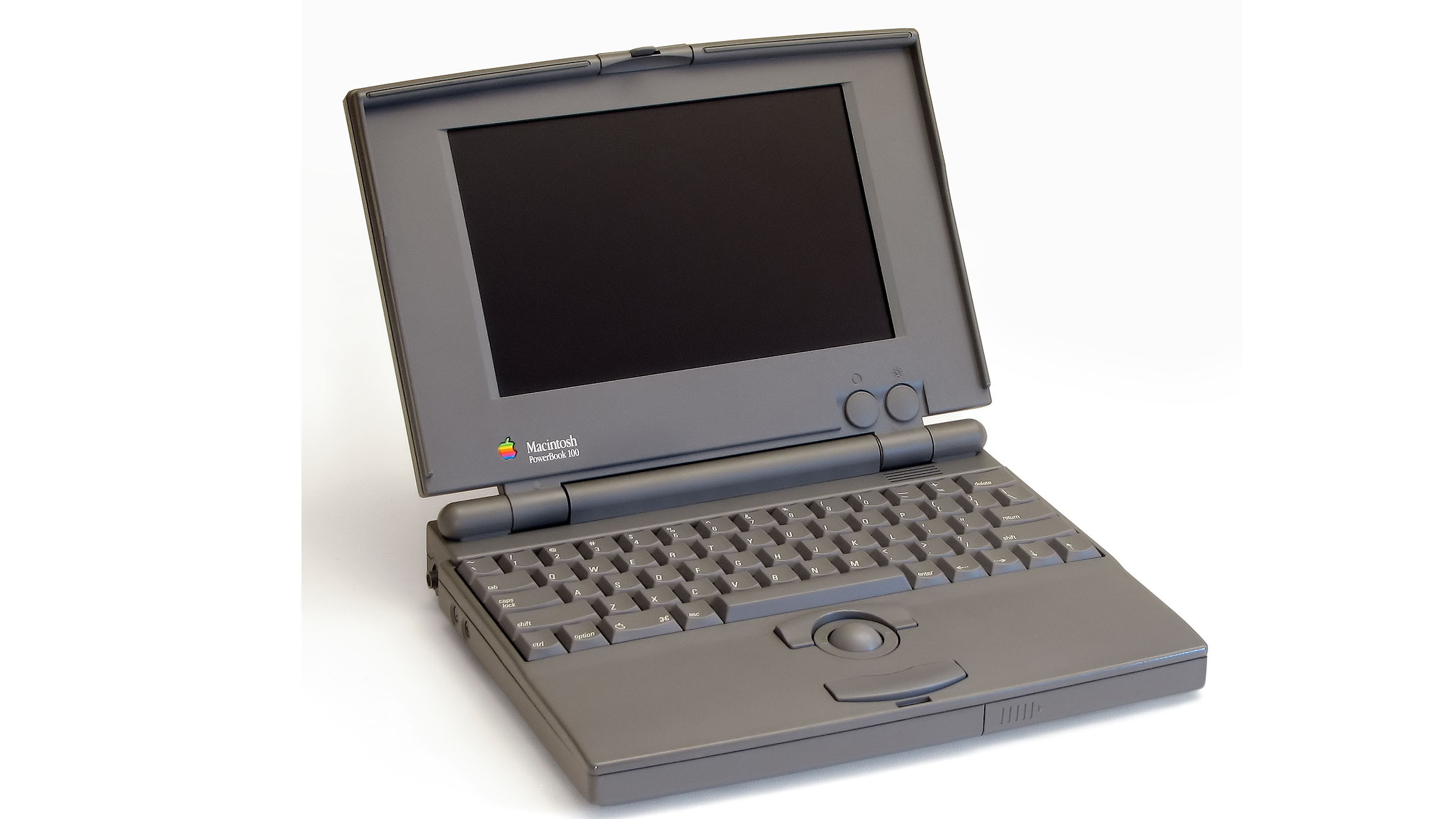
There were three in this series, all of which were cheaper, lighter and more attractively designed than the Macintosh Portable. The Sony-designed PowerBook 100 was the runt of the litter – the 140 and 170 were better and more powerful – but sold well after a big price cut.
Get the Creative Bloq Newsletter
Daily design news, reviews, how-tos and more, as picked by the editors.
1995 - PowerBook 5300
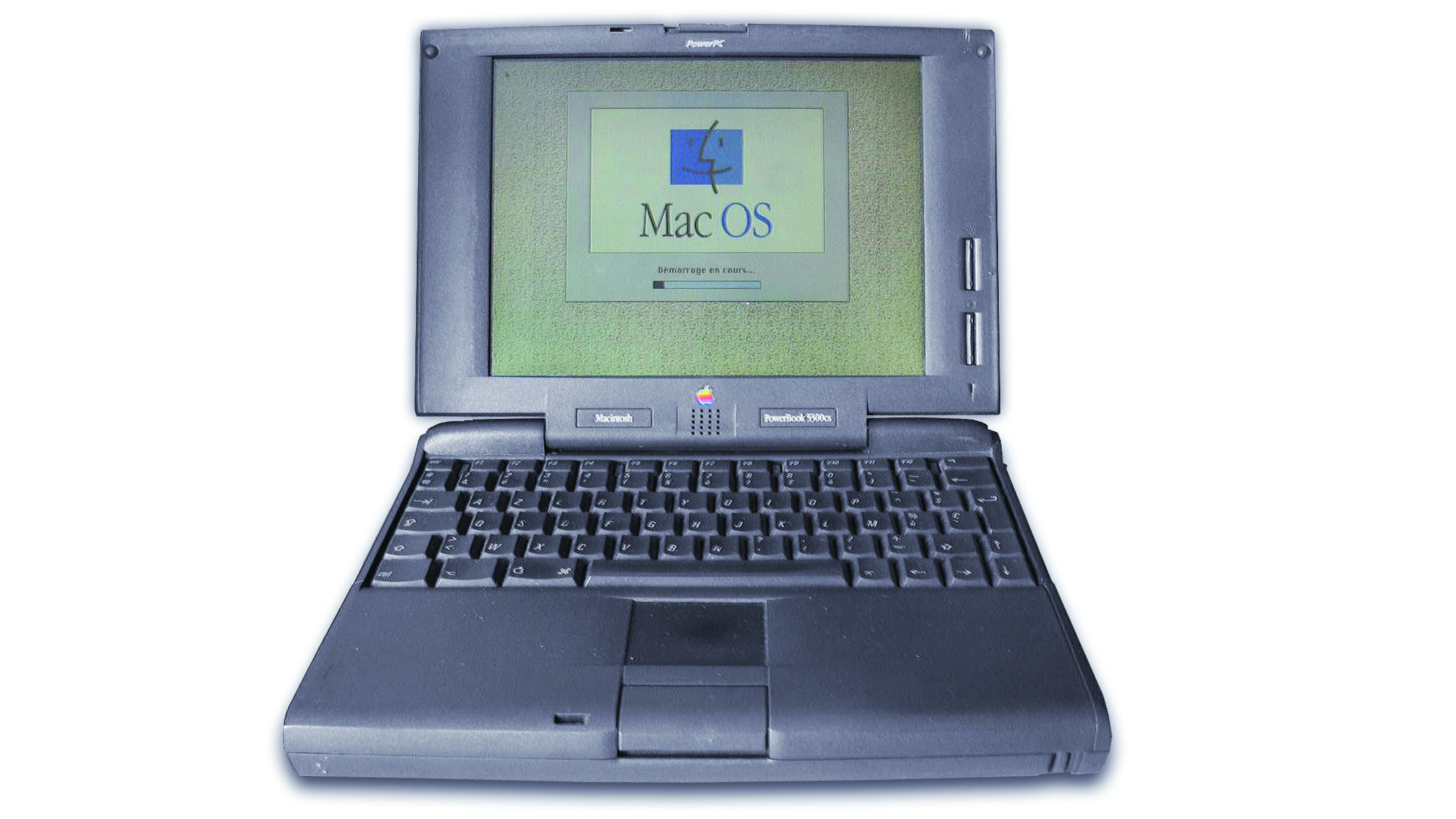
The PowerBook 5300 is probably best remembered for its battery problems, but it was the first portable Mac to come with the new PowerPC architecture and was both extremely flexible and supremely expandable. Unfortunately it wasn’t particularly well made and it’s infamous rather than famous.
1996 - PowerBook 1400
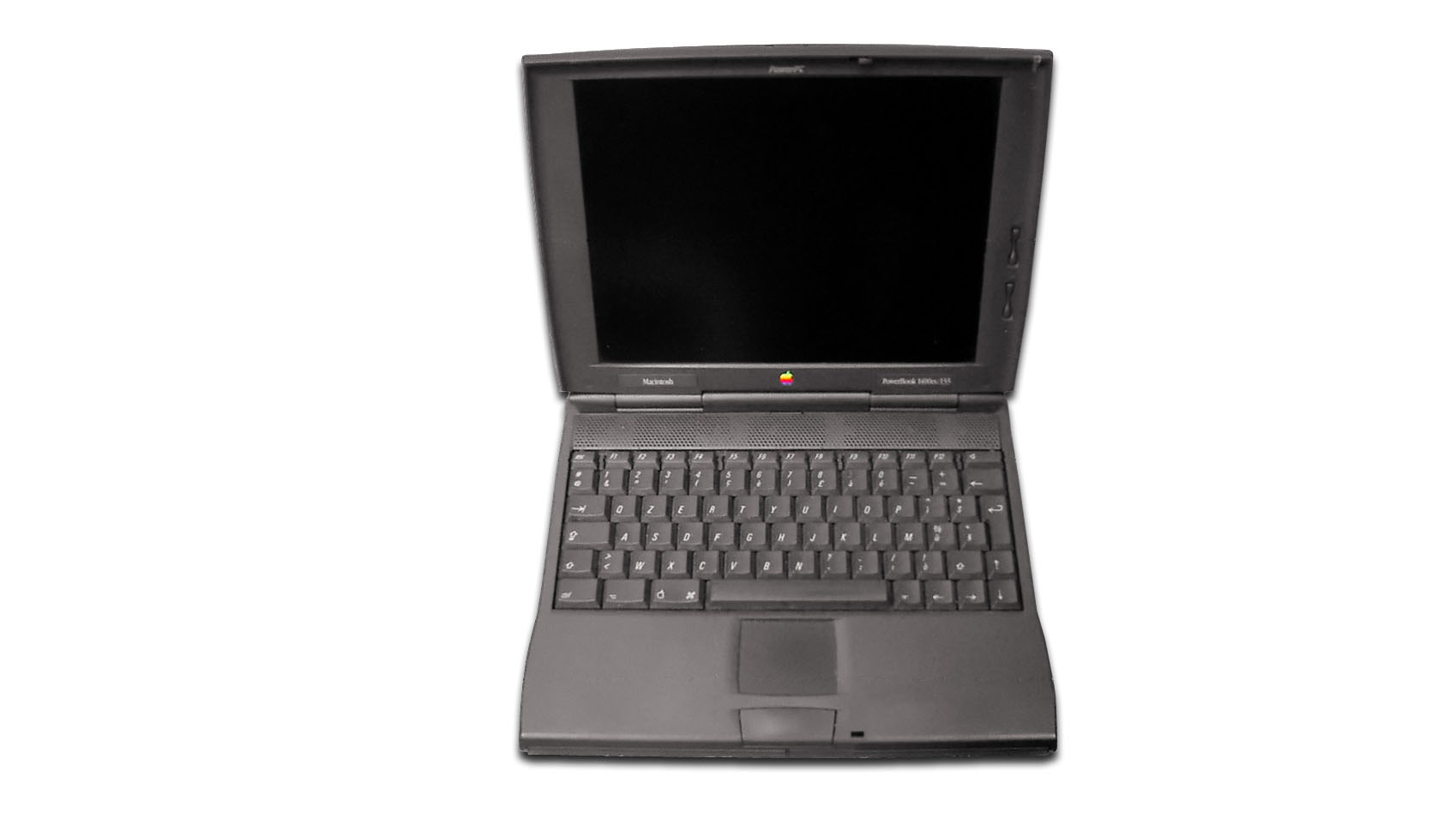
After the debacle of the 5300, the 1996 PowerBook 1400 put portable Macs back on track and didn’t tend to explode. You could customise plenty from the storage to the CPU – including third-party G3 cards – and the book-style cover, and later versions included an 8x CD-ROM drive as standard.
1997 - PowerBook 3400c
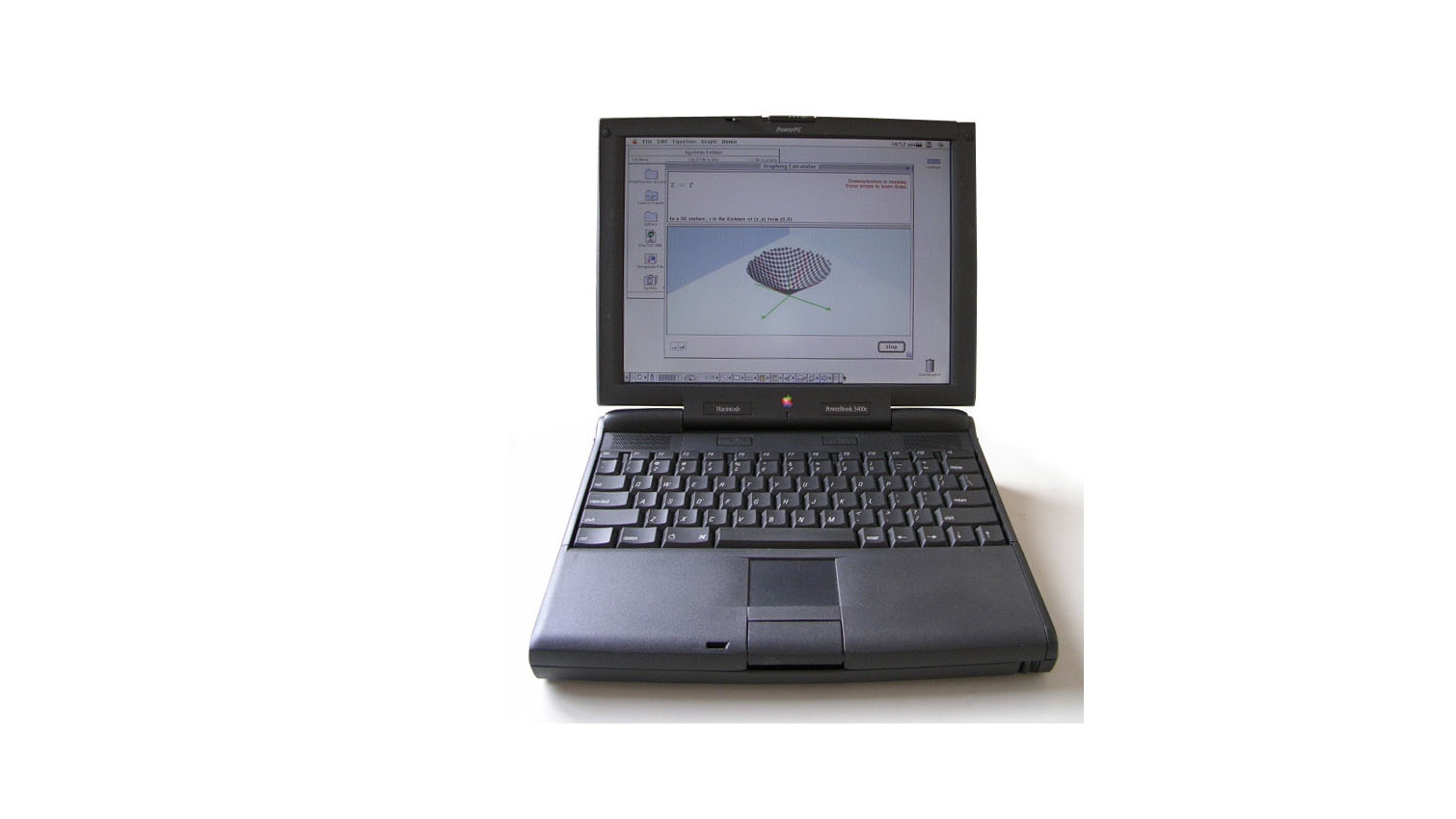
The PowerBook 3400c was for a time the world’s fastest laptop thanks to its blisteringly quick 240MHz PowerPC processor. It was the first PowerBook to have PCI architecture and EDO memory, and its design was also used for the first of the G3 PowerBooks, codenamed Kanga, later the same year.
1998 - PowerBook G3 (Wallstreet/Mainstreet)
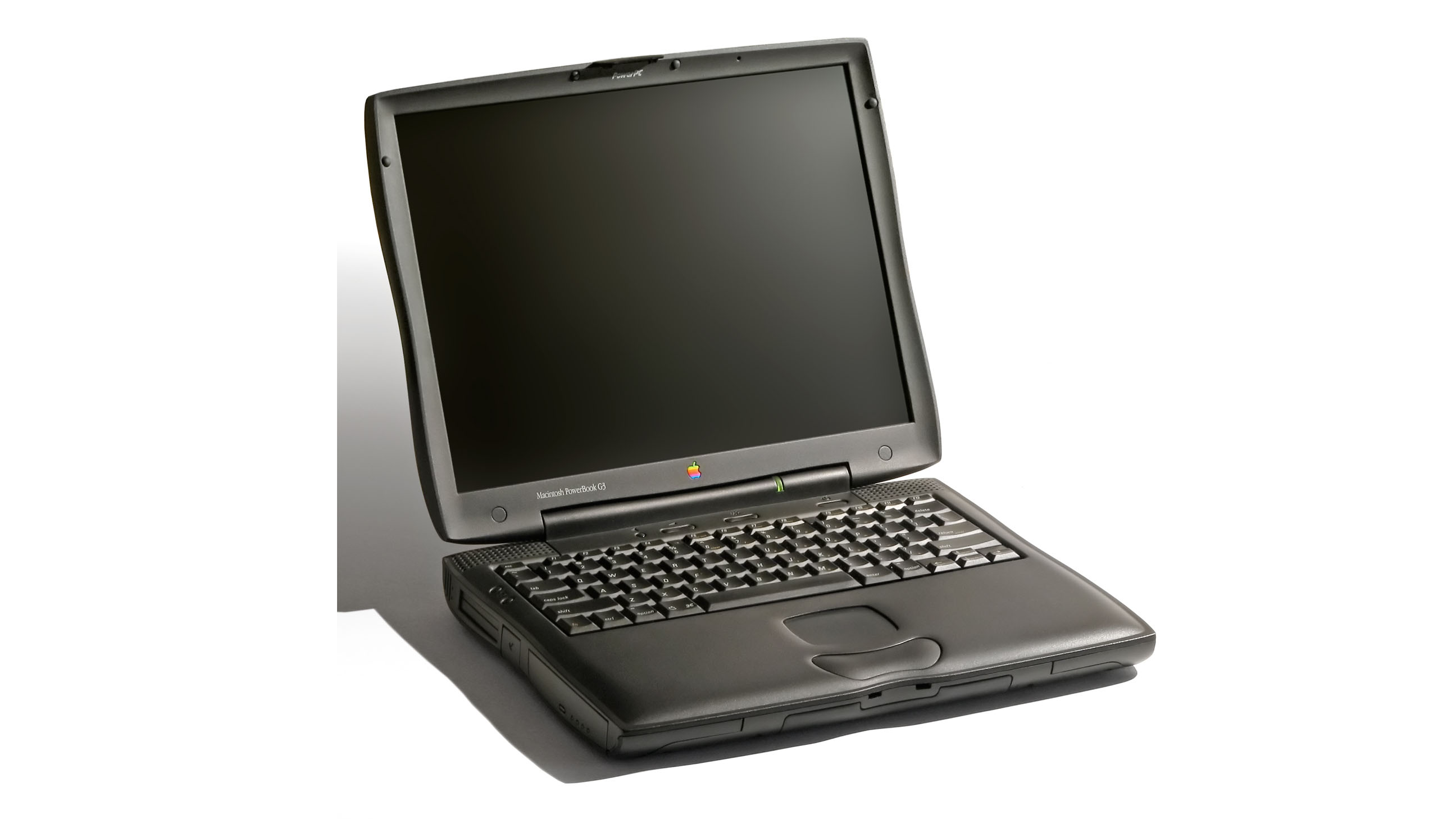
Wallstreet and Mainstreet (the less powerful 233MHz model which didn’t have L2 cache) refined the PowerBook G3 design and were the first to support the same ATA drives and CD burners as PCs. Early Wallstreets suffered heat issues but the 1998 revisions fixed that.
1999 - iBook G3
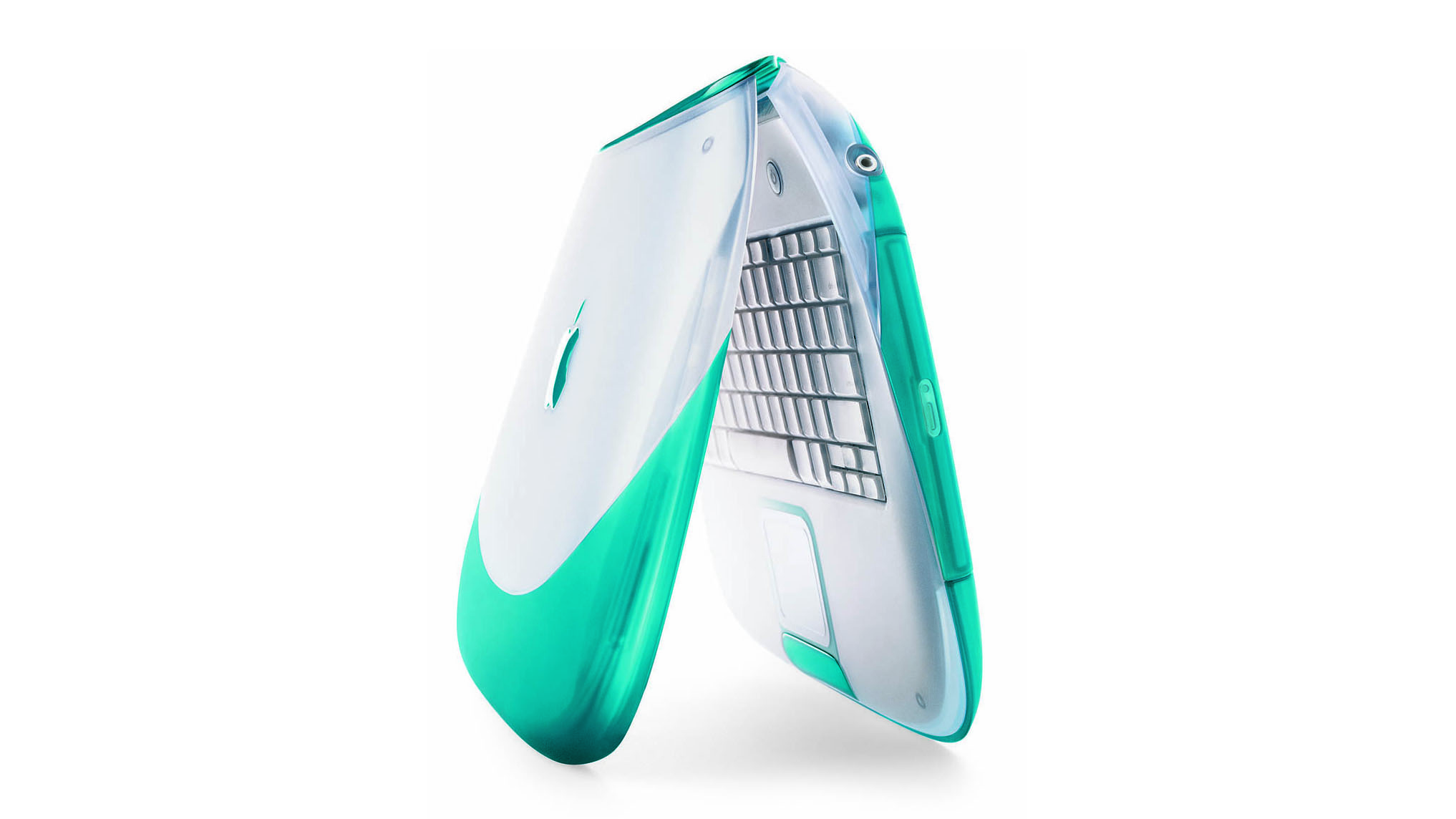
There has never been a laptop like this, and sadly there probably won’t be again. With the clamshell iBook Apple kick-started the Wi-Fi era, shipping one of the very first laptops to contain an integrated Wi-Fi card. We have liked many Apple laptops, but we loved these gorgeous and fun G3s.
2000 - PowerBook G3 (Pismo)
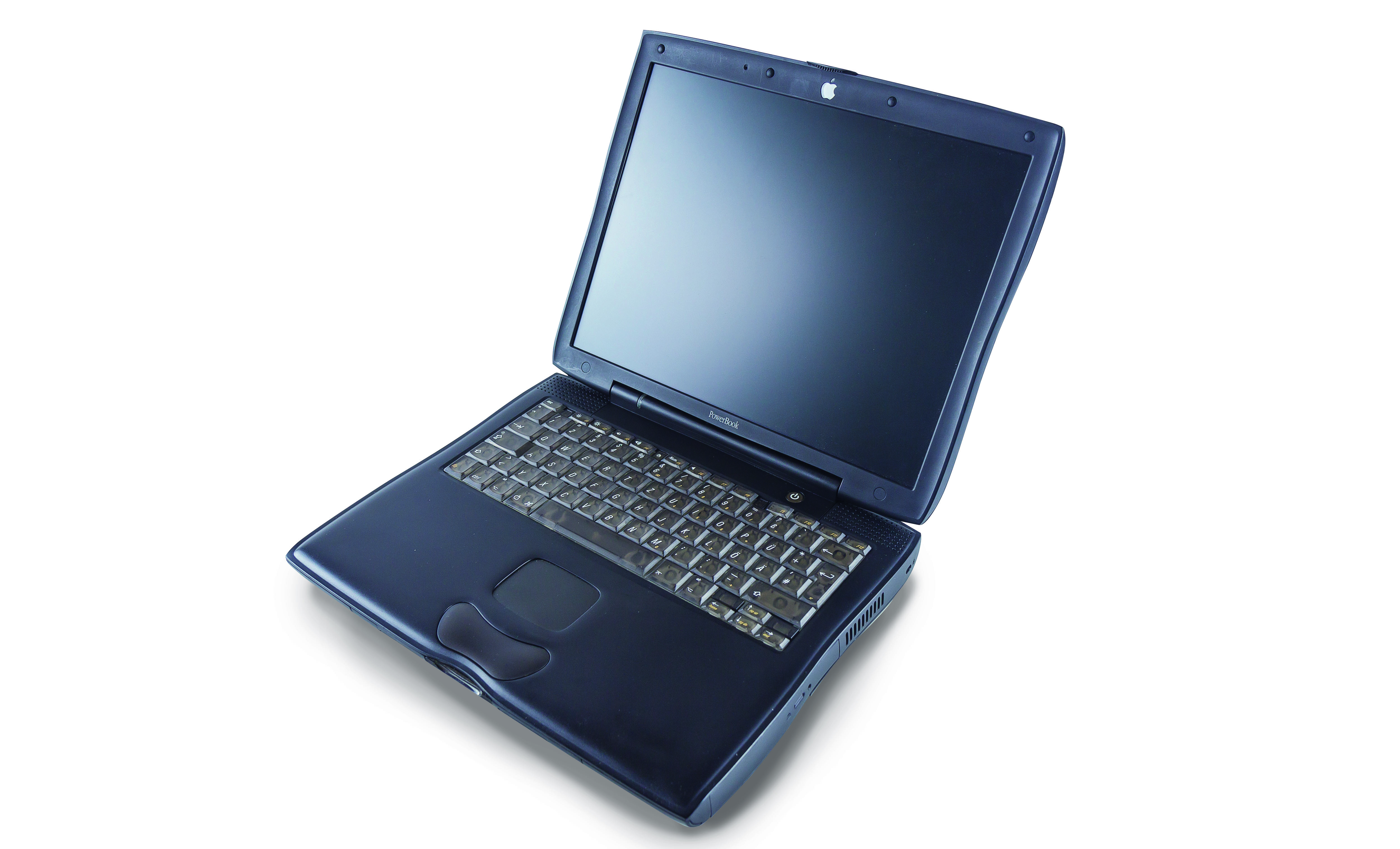
The Pismo - named after the Californian beach city was the end of an era, the fourth and final generation of G3 PowerBook. It replaced SCSI with FireWire connectivity, was the first PowerBook was integrated AirPort and was powerful enough that it could run Mac OS X Tiger five years after launch.
2001 - PowerBook G4
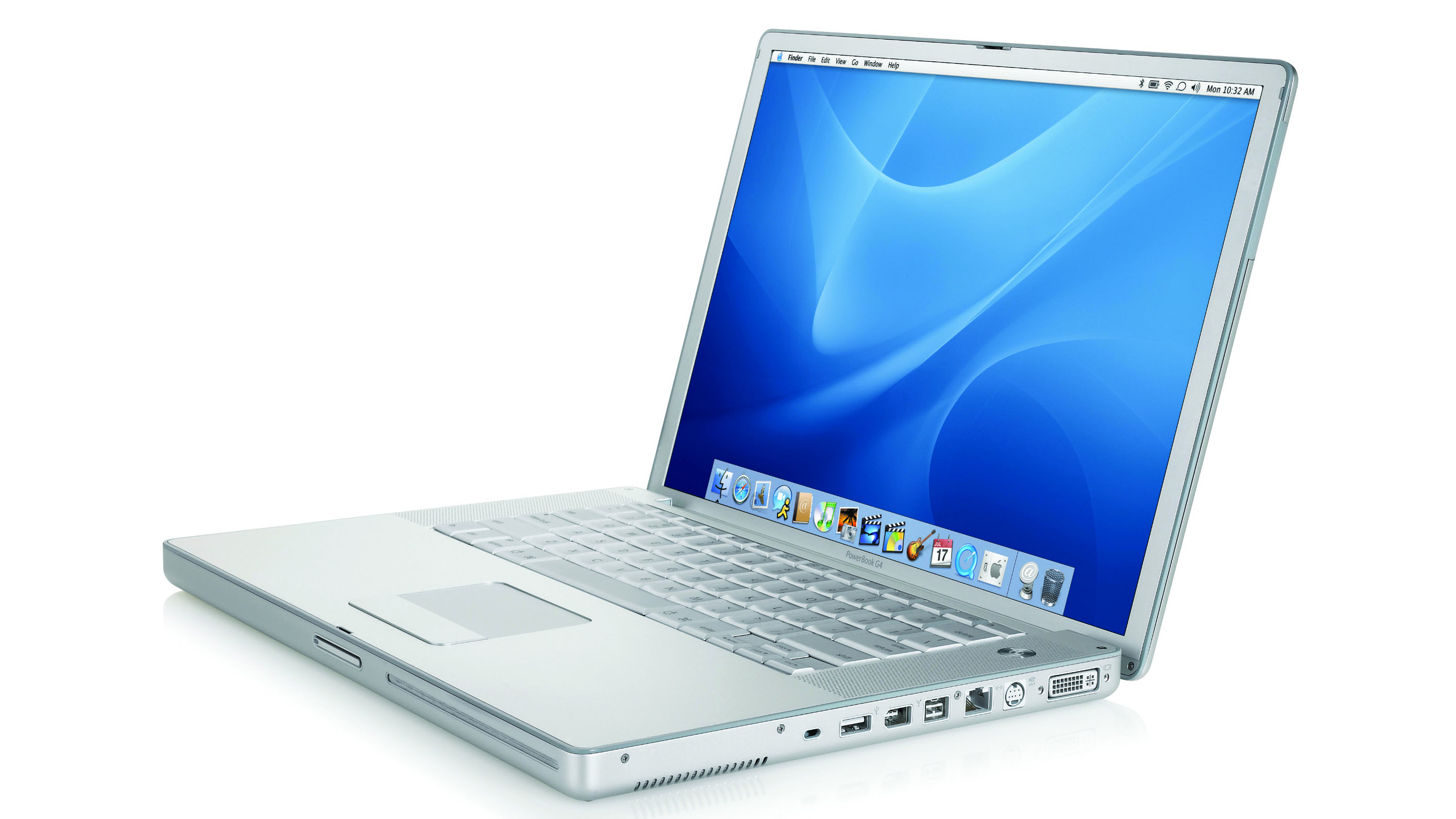
The G4 wasn’t intended to be the last gen of PowerPC portable Macs, but over its lifespan – 2001 and 2006 – it became apparent that the PowerPC processor wasn’t keeping pace. But the TiBook PowerBook G4s were powerful performers and established the look of modern Mac laptops.
2001 - iBook G3
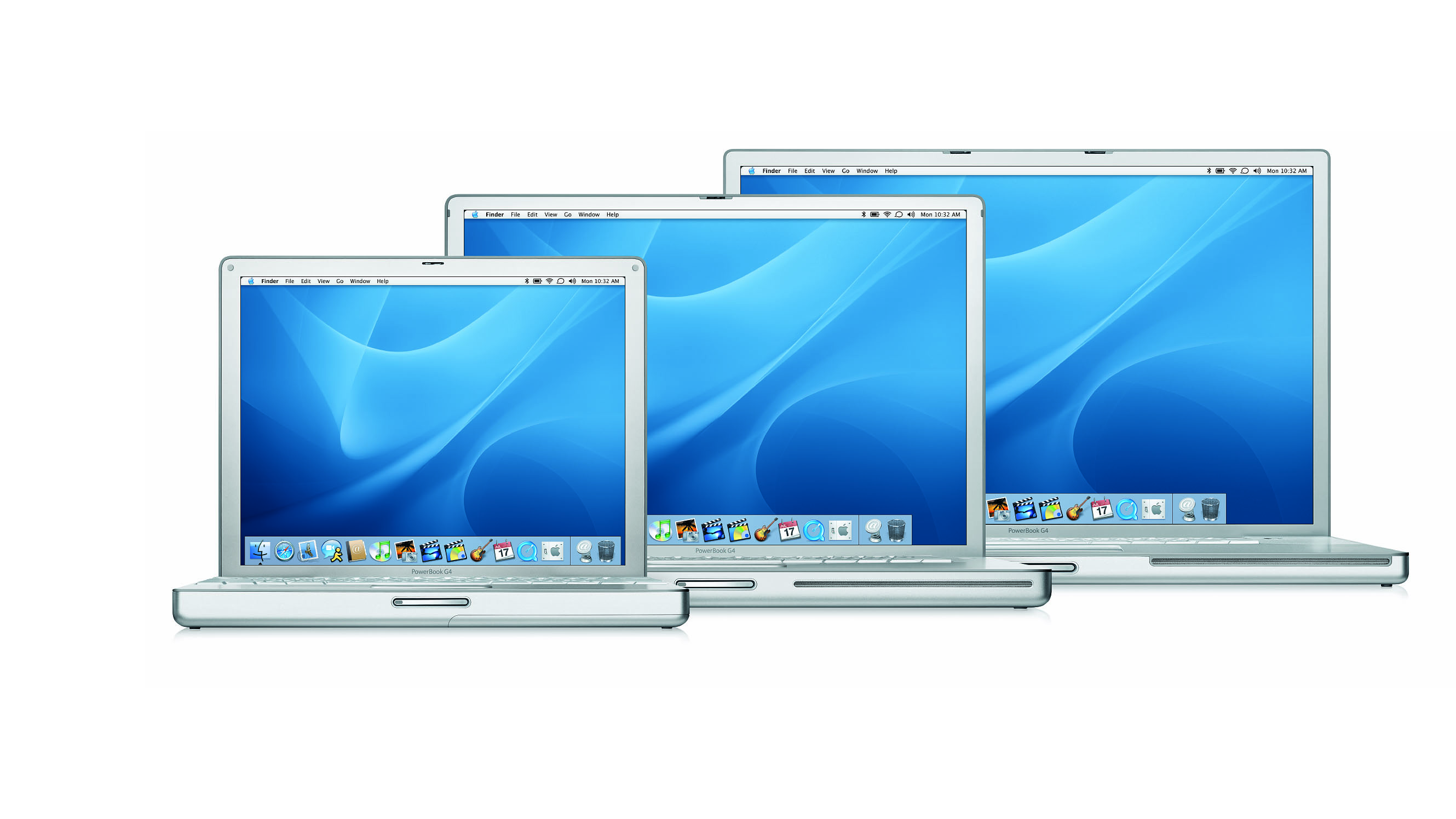
The second-generation iBook was a smaller, lighter and better computer than the first, but the transition to a more traditional design to match the newly redesigned iMac also took some of the fun out of Apple’s consumer laptops. The iBook you’ll see in design museums isn’t this one, but its clamshell predecessor.
2003 - iBook G4
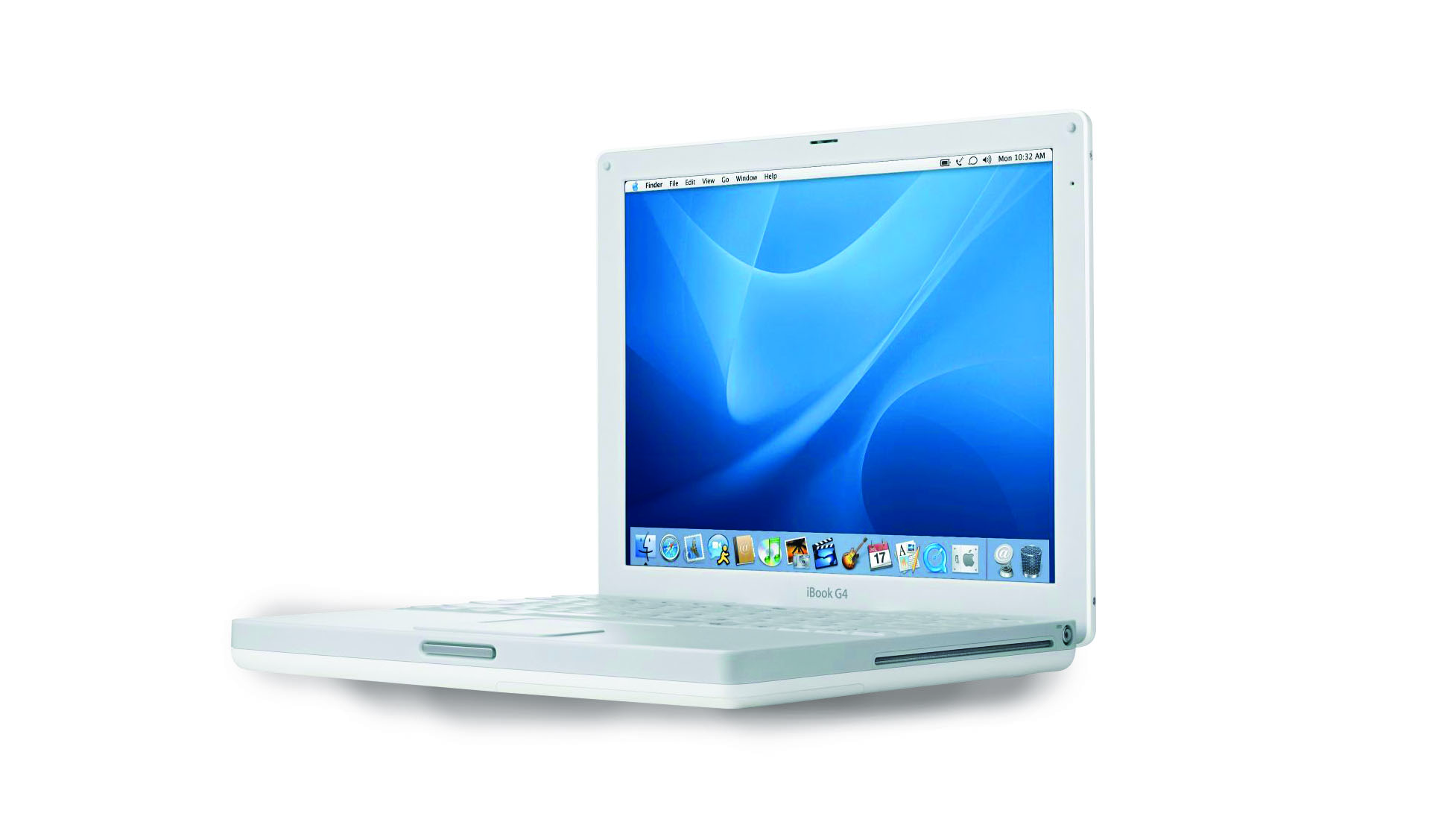
The third and final generation of iBook completed Apple’s move from G3 to G4 processors, replaced the disc tray with a slot-loading optical drive and came in both 12- and 14-inch models. The spongy keyboard wasn’t universally popular and good luck swapping out the hard drive, a simple task Apple made very difficult.
2004 - PowerBook G4 17 (AIBook)
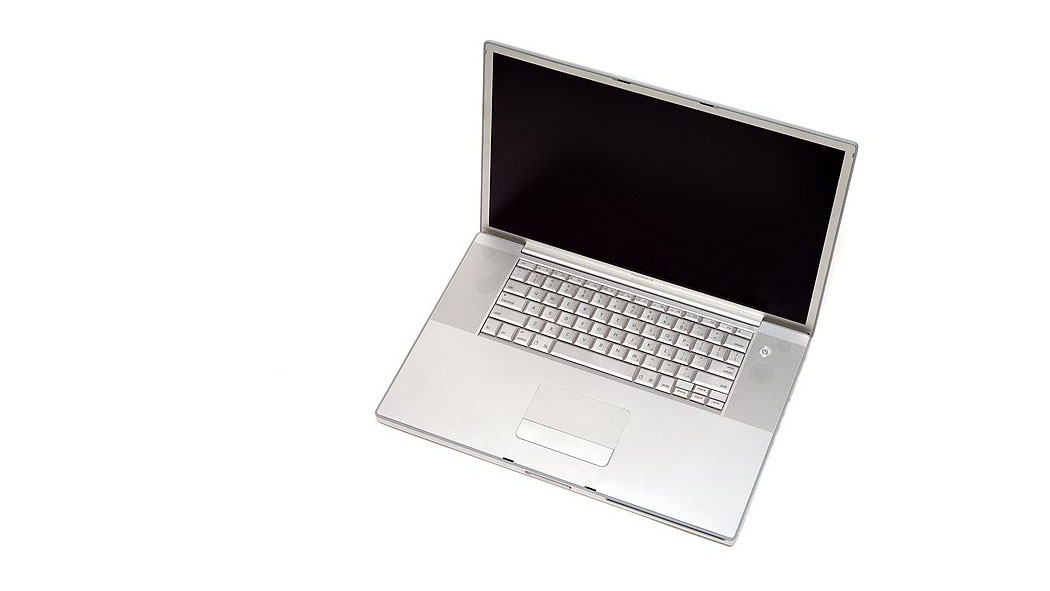
We have painful memories of lugging this massive aluminium Mac through airports, but its huge 17-inch screen was worth the odd pulled shoulder muscle. The Jonathan Ive-designed PowerBook was an exceptional laptop, but it had also pushed the PowerPC chip as far as it could go. It was time for Apple to think different.
2006 - MacBook
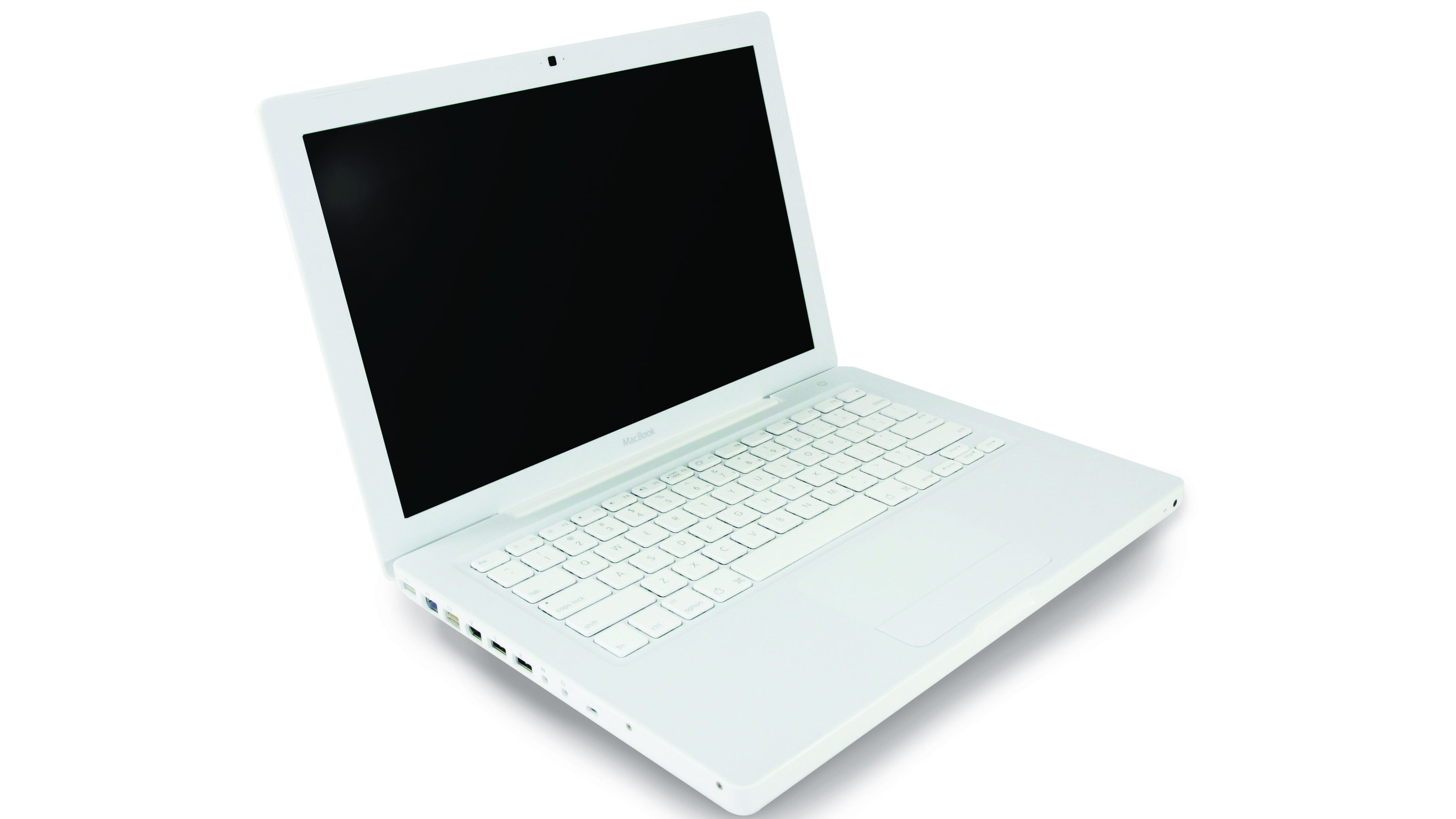
Available in black or white polycarbonate and powered by Intel Core Duo processors with integrated graphics, the MacBook came with MagSafe charging and mini-DVI output and was a big improvement over the outgoing iBook range. Its many buyers agreed: during its reign, the MacBook was the best selling Mac of all time.
2008 - MacBook Air
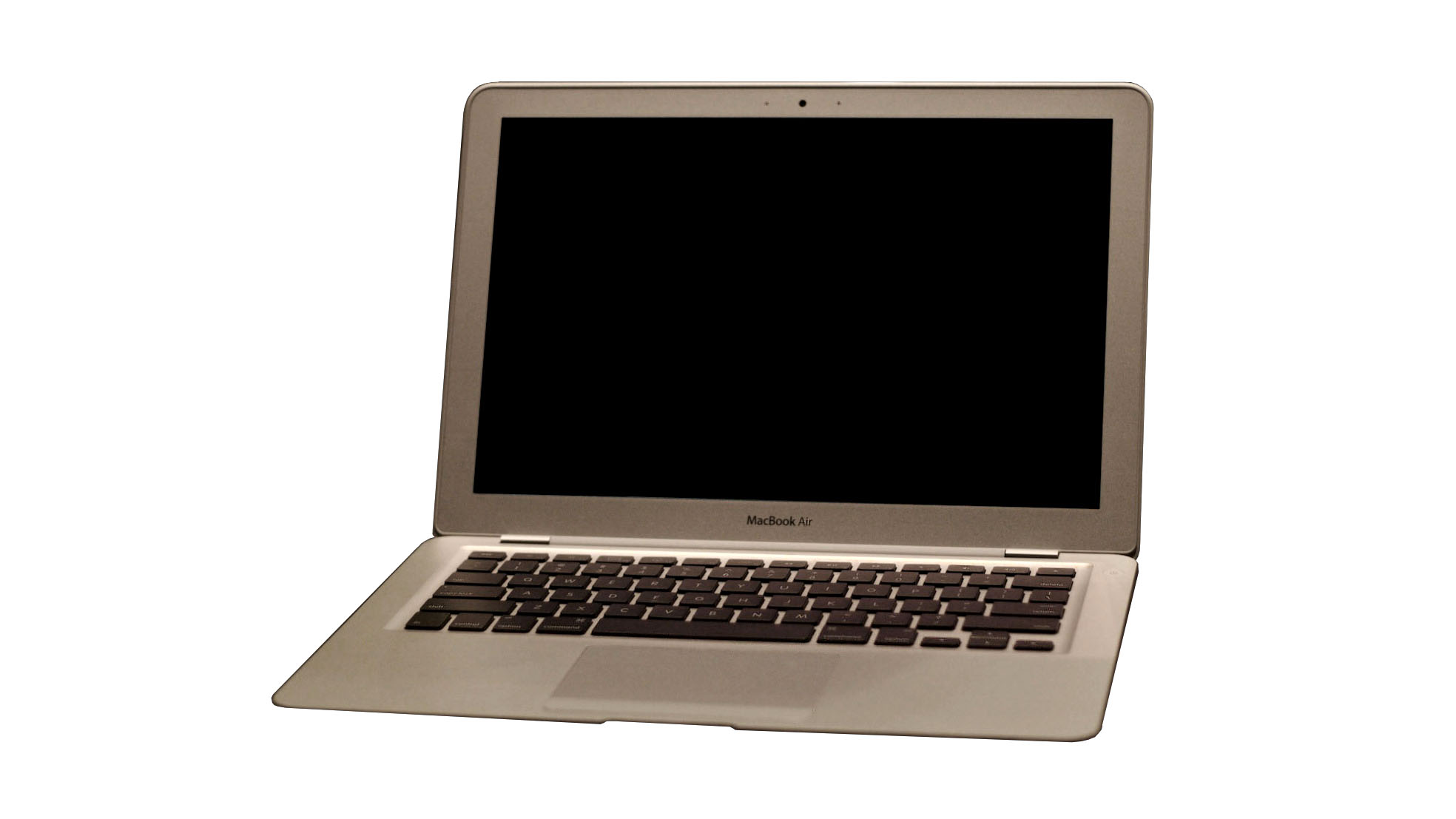
We remember the gasps when Steve Jobs pulled the first MacBook Air out of an envelope. Computers had never been so slim, although clever design made the Air look slimmer than it actually was. What began as a premium ultraportable became Apple’s entry-level laptop when the MacBook was discontinued in 2011.
2008 - MacBook Pro (Unibody)
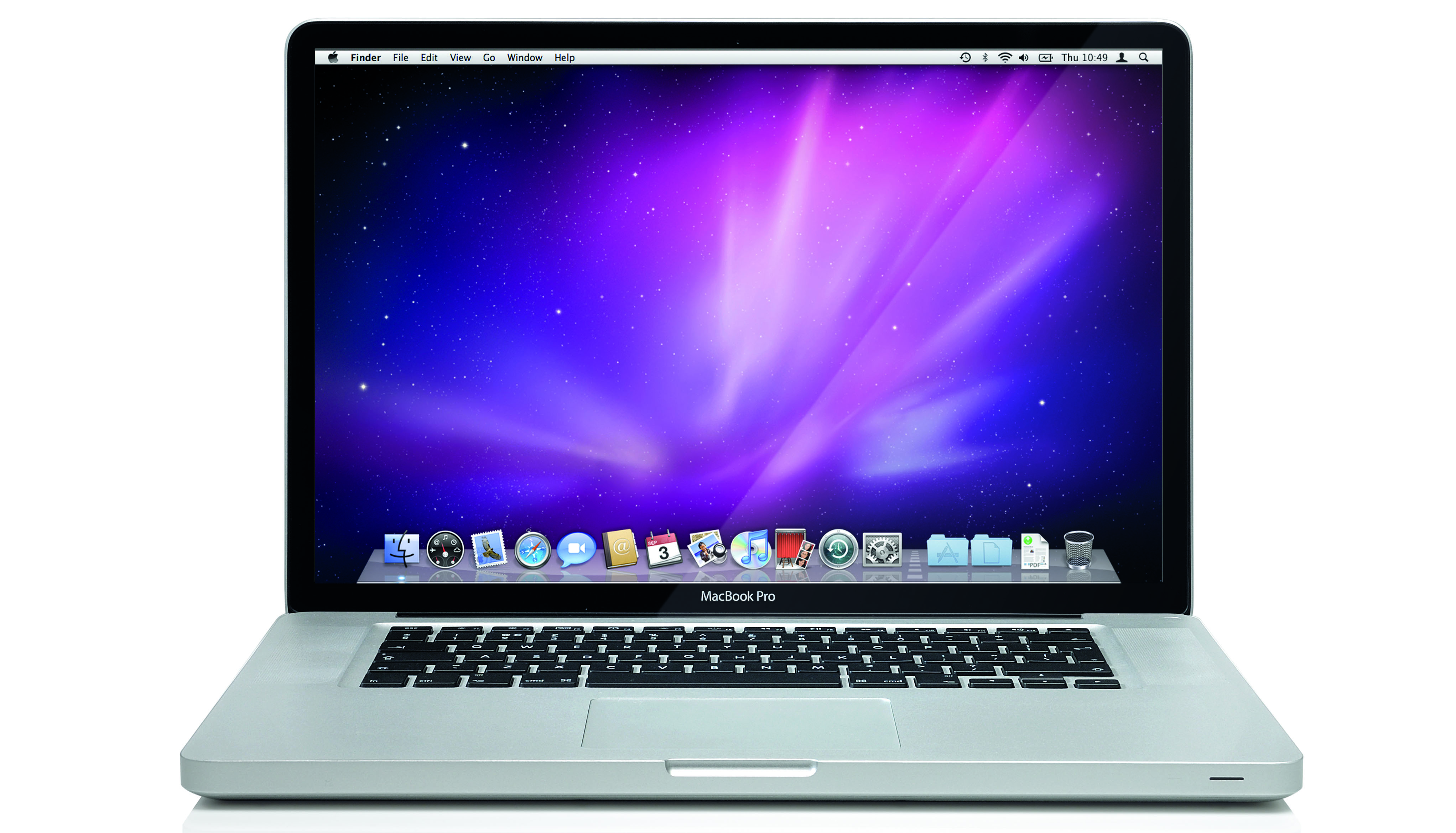
This wasn’t the first MacBook Pro – that one kept the body of the PowerBook G4 – but the second generation. It had a unibody aluminium body and introduced Thunderbolt; the generation after it dropped the optical drive, Ethernet and FireWire ports, and the fourth generation went all-in on USB-C.
2015 - MacBook Pro (Touch Bar)
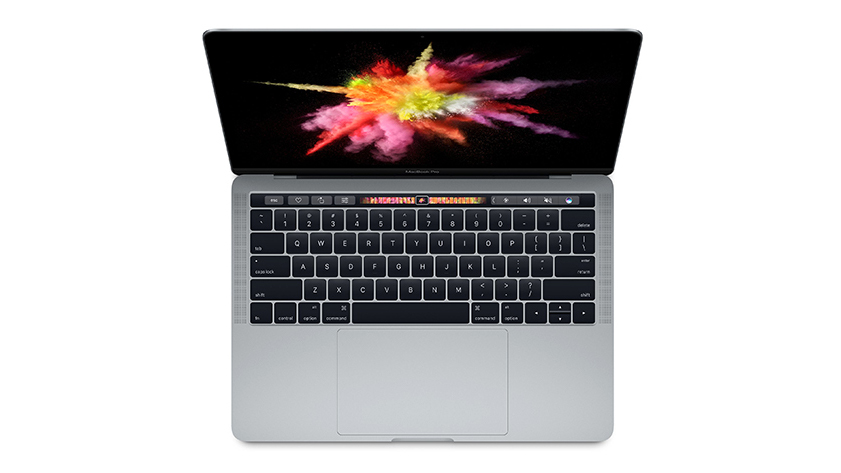
Between 2015 and 2019, it seemed to many of us that Apple was losing its way with its laptop designs; Apple was concentrating on the iPhone, iPad and the newly launched Apple Watch, with design chief Jonathan Ive reportedly becoming more distant and less hands-on before his departure in 2019. With hindsight the 2015 Touch Bar seems like evidence of that, a case of something that could go into a laptop rather than should.
2018 - MacBook Pro (butterfly keyboards)
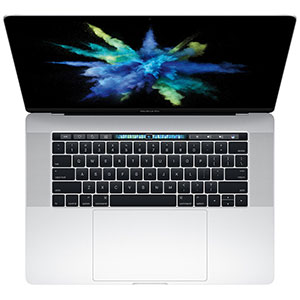
Late-2010s Mac laptops were evolutionary rather than revolutionary. The third-gen MacBook Air got a Retina display in 2018 and all Mac laptops moved to Thunderbolt/USB-C ports and the divisive ‘butterfly’ keyboard. Many reviews of the fourth-gen MacBook Pro suggested that Apple had prioritised thinness over functionality and bemoaned its lack of ports.
2020 - MacBook Pro (M1)
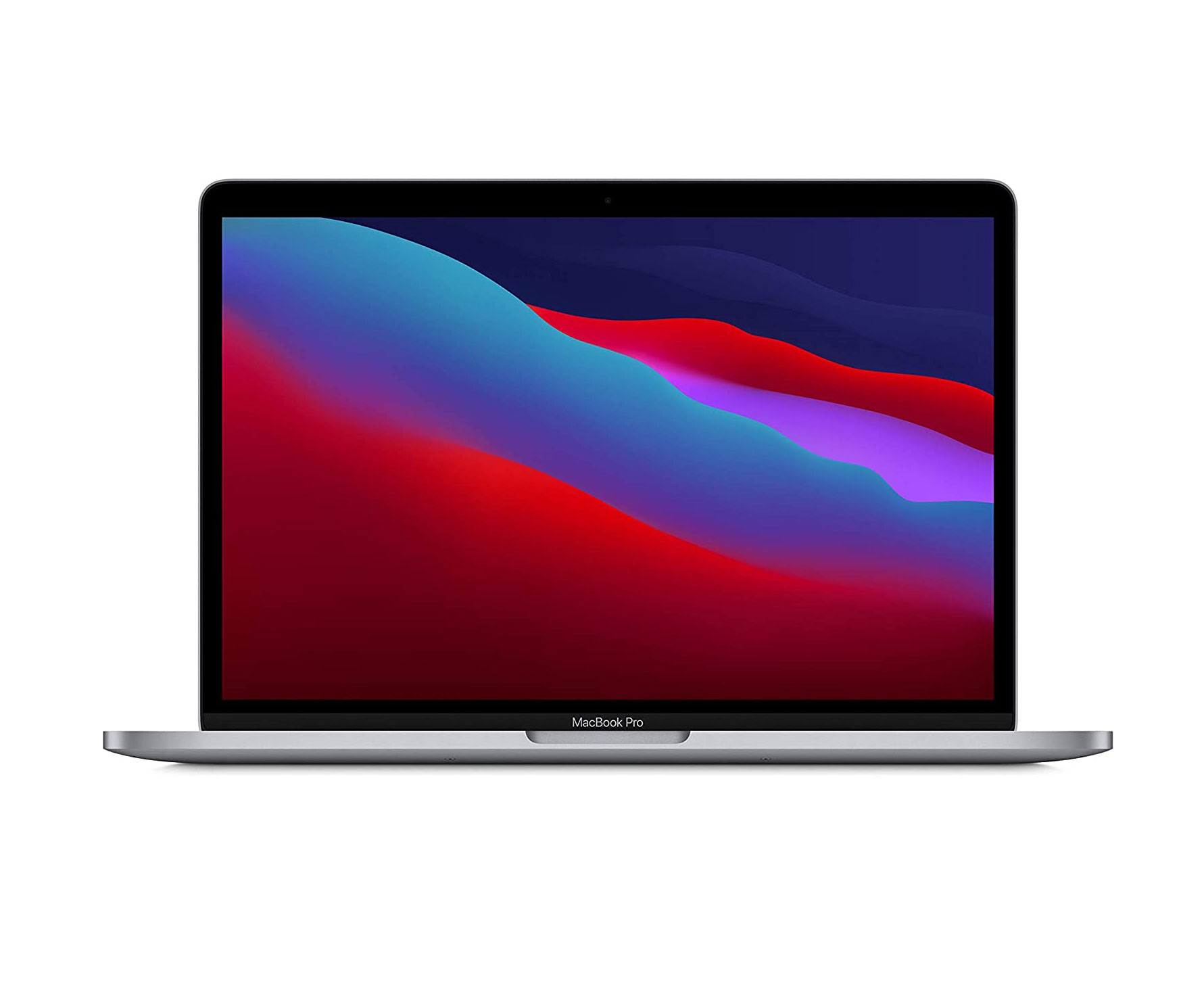
The outside may have stayed the same as the most recent models but inside this MacBook Pro lurked the all-new,much-anticipated Apple silicon, its M1 system-on-a- chip (SoC). That made this Mac capable of incredible performance without breaking a sweat, starting a whole new chapter of mobile Macs in spectacular style. Read our M1 MacBook Pro review to find out more.
2022 - MacBook Pro (M2)
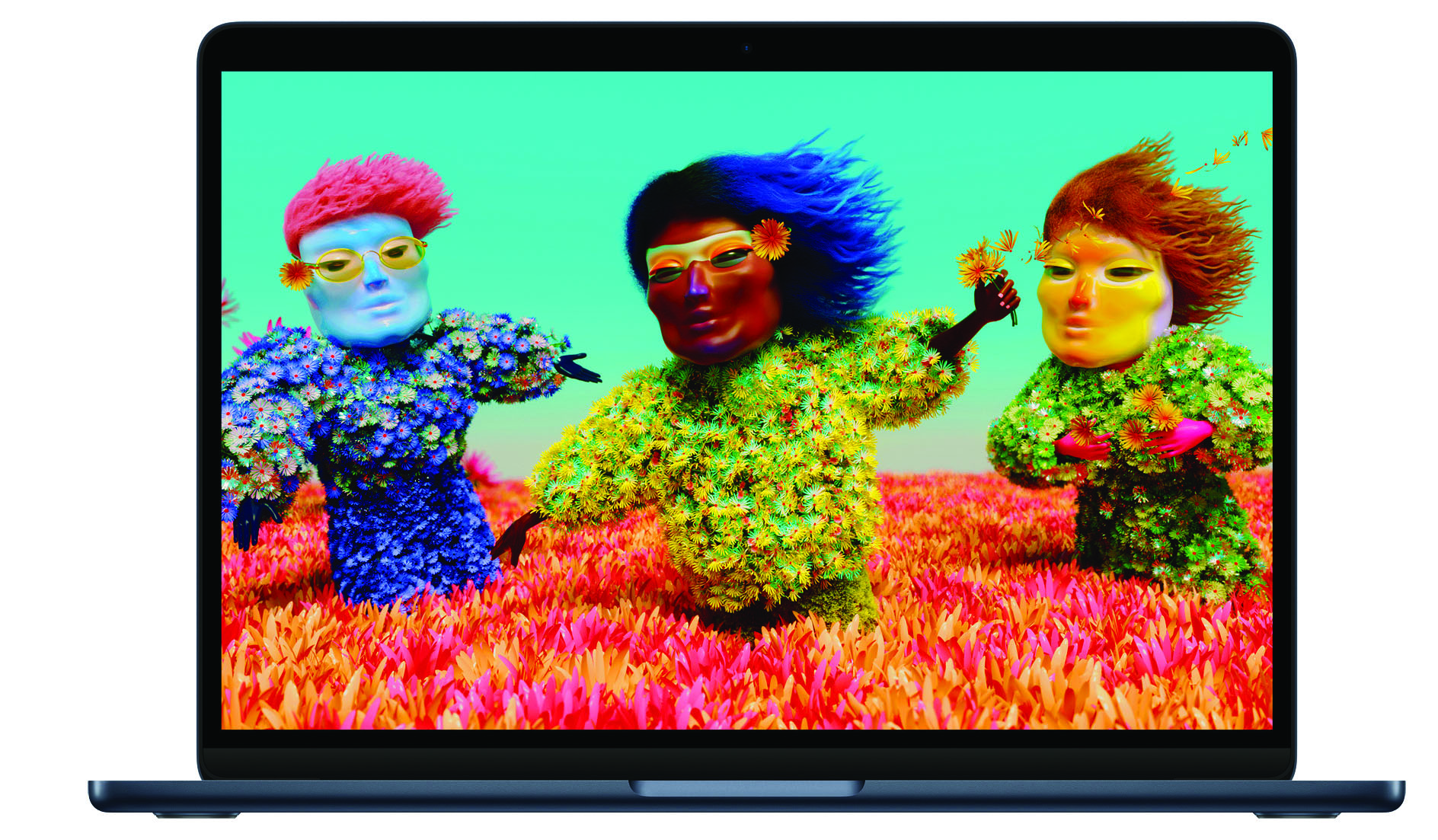
That brings us to 2022, and Apple has already upped its MacBook game with the introduction of M2 silicon in the new M2 MacBook Air and 13-inch M2 MacBook Pro – but that’s likely just the start. You can certainly expect to see M2 Pro and M2 Max variants appearing in the 14-inch and 16-inch MacBook Pro and possibly some redesigned form factors too. With Apple moving on from the Jony Ive era, Apple is once again offering a finely balanced combination of form and function – and that’s welcome news, whichever generation of MacBook you own.
This feature originally appeared in MacFormat. Subscribe to MacFormat for more Apple news and tech.
Read more:

Thank you for reading 5 articles this month* Join now for unlimited access
Enjoy your first month for just £1 / $1 / €1
*Read 5 free articles per month without a subscription

Join now for unlimited access
Try first month for just £1 / $1 / €1

Carrie Marshall is a journalist, copywriter, ghostwriter, broadcaster and musician from Glasgow, where she lives with her two children, a greyhound and more guitars than are strictly necessary. A professional writer since 1998, Carrie is particularly interested in how technology can help us live our best lives and has written thousands of features, columns, reviews and news stories for a huge range of magazines, newspapers, websites and trade publications including T3, Techradar, MacFormat, BBC, Sunday Post and People’s Friend.
